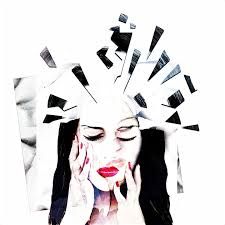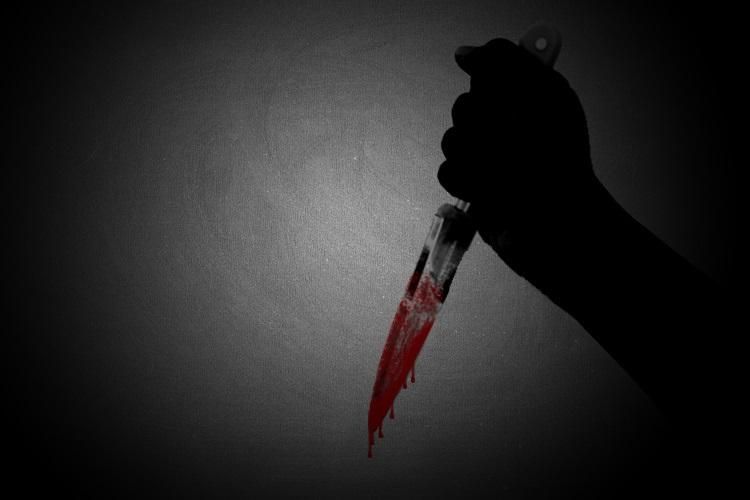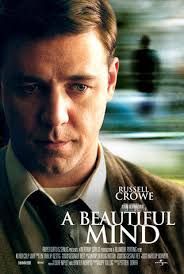Portrayal Of Schizophrenia In Movies
May 15, 2019 • 263 views
Initially known as dementia praecox, schizophrenia is a severe disorder where the person suffers from disordered thinking, bizarre behaviour, hallucinations and is detached from reality. The term ‘schizophrenia’ (‘schizo’ meaning split; ‘phren’ meaning brain) was coined by the Swiss psychiatrist, Eugen Bleuler.

Its symptoms can be positive (reflecting an excess of normal functions) and/or negative (reflecting a decrease of normal functions). Positive symptoms include hallucinations, delusions and distorted thinking. Negative symptoms include flat affect, poor attention and poor speech production. Although the exact causes of the disorder are unknown, research suggests that a combination of physical, genetic, psychological and environmental factors can make an individual more likely to develop the disorder. Its treatment involves a combination of medication and psychotherapy.
However, majority of the movies project the illness in a wrong light, with erroneous causes, symptoms and ways of treatment. Movies being a significant mass media platform, the portrayal of mental illnesses like schizophrenia in an inaccurate and faulty manner sadly adds to the existing stigma and taboo surrounding them.
Several movies wrongly portray schizophrenics as violent beings, criminals and serial killers. For instance, in the 1991 film, ‘The Fisher King’, the schizophrenic protagonist commits mass murder. In fact, many psychologists are of the opinion that it is drugs and alcohol that tend to cause violent behaviour and killings rather than mental disorders.

Some movies create the misconception that schizophrenics are geniuses. In ‘The Caveman's Valentine’ (2001), the protagonist is a genius pianist who suffers from paranoid schizophrenia. Similarly, ‘The Soloist' revolves around a music prodigy who develops schizophrenia.
Some movies on schizophrenia can mislead viewers into thinking that drugs and alcohol induce schizophrenia and that a troubled childhood leads to schizophrenia. In the movie ‘Keane' (2004), the protagonist develops schizophrenia after experimenting with drugs. In ‘Karthik Calling Karthik' (2010), the main character, with a troubled childhood, develops schizophrenia after recollecting the episode of his brother dying in an attempt to kill him.
Some films are known to have depicted the treatment of schizophrenia in a bizarre and unrealistic way-in some movies, love and willpower are shown to cure the illness.
In conclusion, ‘A Beautiful Mind’ (2001) can be safely designated as the best-known movie on schizophrenia. It follows the story of the mathematical genius and Nobel Prize winner, John Nash and delineates the challenges faced by him after being affected by paranoid schizophrenia and the subsequent recovery. The movie won four Academy Awards and has been praised by professionals for portraying schizophrenia in a relatively accurate manner. Although the symptoms (visual hallucinations, in particular) experienced by Nash in the film are uncommon, they still fall within the criteria for diagnosis.

The inaccurate presentation of schizophrenia in movies stems from the lack of awareness and required knowledge among the writers and directors on this issue and can lead to perplexity and concern among the sufferers and their family members. After all, as the saying goes, a little knowledge is a dangerous thing. Also, often, facts are warped to make the plot more appealing. However, misrepresentation of serious and delicate issues and conveying flawed information to the masses just for the sake of a riveting storyline cannot be acceptable. Efforts must be taken to promote correct information and apt understanding of schizophrenia and other mental illnesses through mass media.
